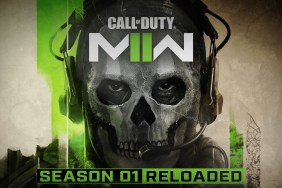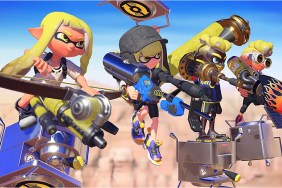A man called Steve.
Starhawk is the spiritual sequel to Warhawk which in many ways should tell you all you really need to know about the game. Though it has a campaign mode, it mostly serves as an extended tutorial on how to play the multiplayer game.
Set up in its single player, Starhawk's world is…
-
Exhilarating Hawk gameplay
-
Derivative other vehicle design
-
Tactical buildable defenses
-
Generic visual design
-
Skill-based leveling system
-
Lackluster "tutorial" campaign











